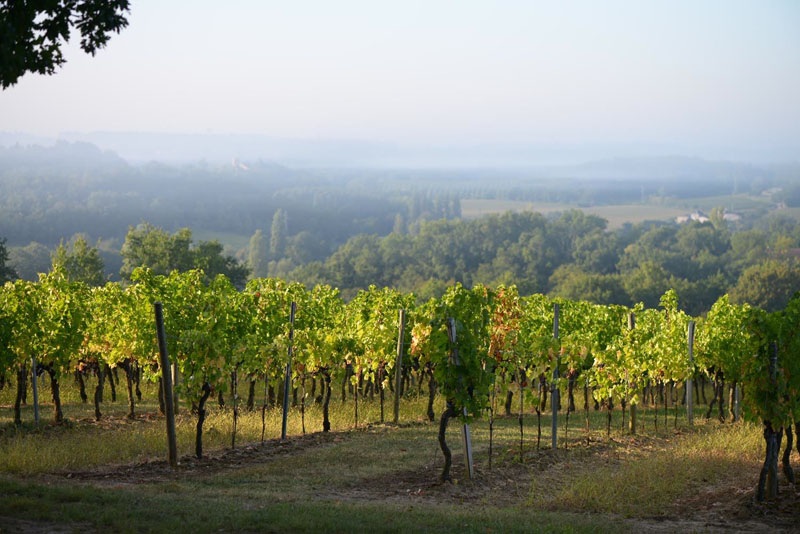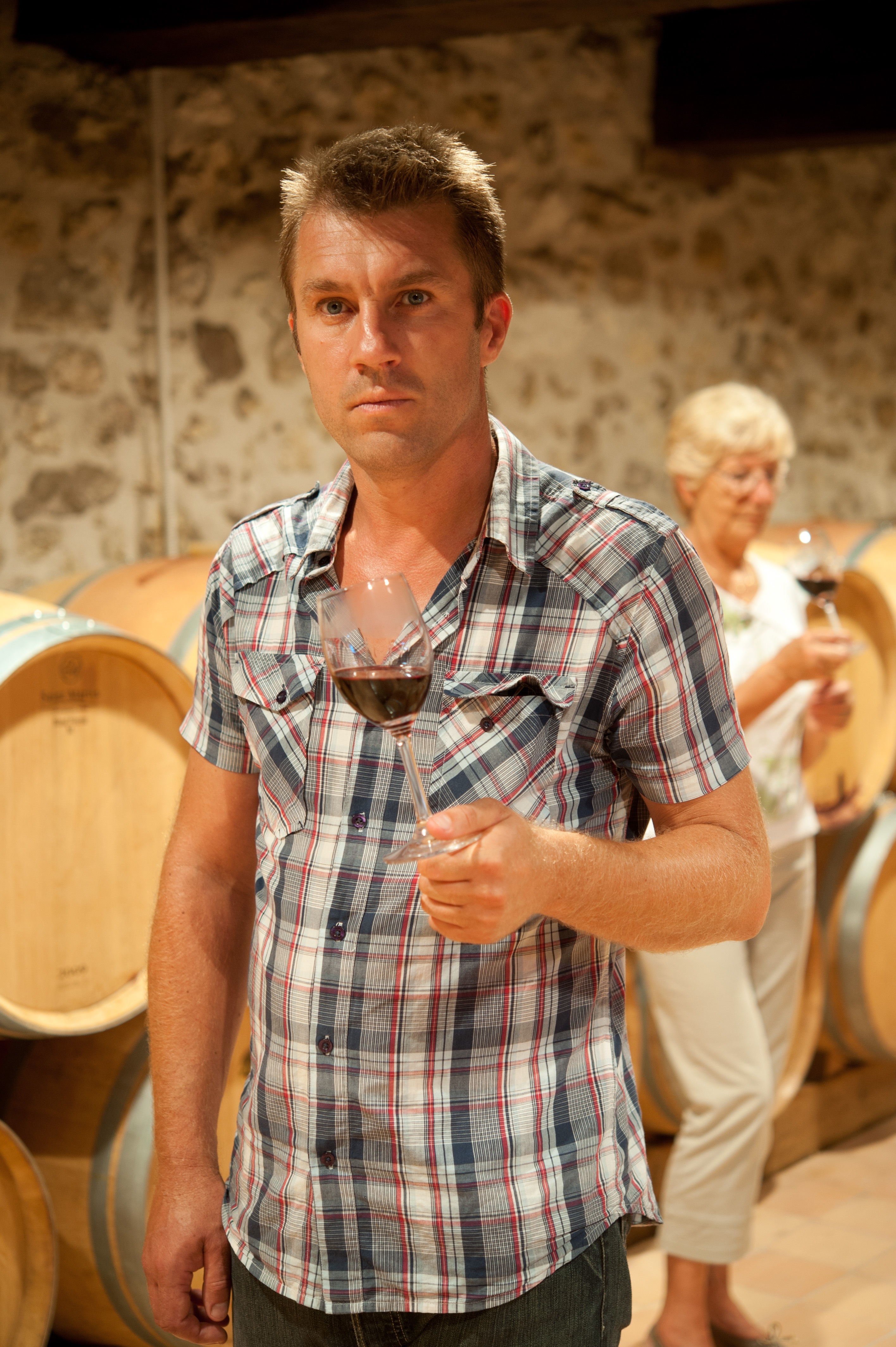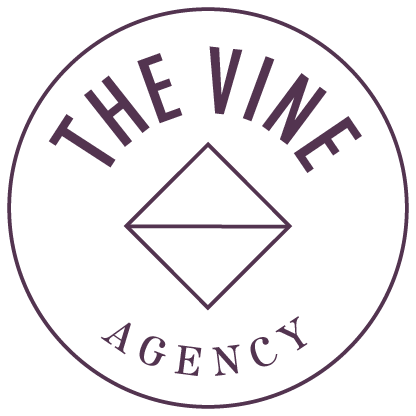CHÂTEAU ROUQUETTE, Entre-deux-Mers
The Domain, one of the oldest in the Entre Deux Mers region, can trace its history back to 1346 when the original castle was built. During the Hundred Years war (1337-1453) which was a series of armed conflicts between the English Royal House of Plantagenet and the French Royal House of Valois, the castle was destroyed. In the 17th century it was rebuilt and at the time the entire estate of over 1,000HA was one of the most important in the region. Over time, and with the French succession rules, the estate has decreased considerably and is now just over 82HA in size with 40HA given over to vines, and the remainder to forest and grassland.
Entre Deux Mers is located east of Bordeaux and 20km south of Saint Émilion. It has a temperate, oceanic climate, with undulating hills, situated between 2 large bodies of water, the Garonne, and the Dordogne, hence its name. The terroir has a vast diversity of reliefs, exposures, and soils. The Domain is perched in Roquette, meaning small rock, and as the name may suggest, it benefits from excellent drainage due to the clay and stony soils. The vineyards are planted mainly to red grapes (nearly 85%) of which merlot is the dominant variety (approx. 2/3 of all the red grapes) with cabernet sauvignon, cabernet franc and malbec and primarily sauvignon blanc with small amounts of sauvignon gris, muscadelle and semillon making up the white grapes.
Today, the estate is owned by Christophe Widcoq and together with his team they have developed a passion and respect for the environment. The estate is isolated, surrounded by forests. Effective from 2021, the domain has started its conversion to organics with the goal of being recognized by Bureau Veritas in France by 2024. Some of the elements introduced to achieve this certification include the removal of all plastic tags in the vineyards, natural fertilisers of cow manure and chicken droppings, planting fava beans and grasses between the rows of vines and the use of agroforestry, of all which is encouraging the local wildlife, native trees and grasses, birds, and insects. Many of these elements are reflected on the labels with images of wood pigeons, doves, swallows, and hares all displayed. The domain was recently expanded with the purchase of a small estate, 4HA in size, situated in the grand cru Saint Émilion appellation. The same rigorous environmental passion is displayed at Chateau Pontet-L’Eglise.
The winery has some modern touches that allow for greater emphasis on quality. Harvesting is done mechanically but with a very modern and very selective sorting tool on the machine which provides extremely ‘clean’ grapes. The grapes are then brought into a large spacious winery for further sorting, accepting only the very best. A variety of sizes of stainless-steel tanks ranging from 50 – 250HL are used for the vinification process and allow for individual parcels to be kept separate. A temperature controlled, underground barrel room receives the wine for aging in French oak (225L Bordeaux barrels) or concrete tanks where appropriate. This is a small property and winery where attention to detail is of supreme importance, with 150,000 bottles produced annually.



